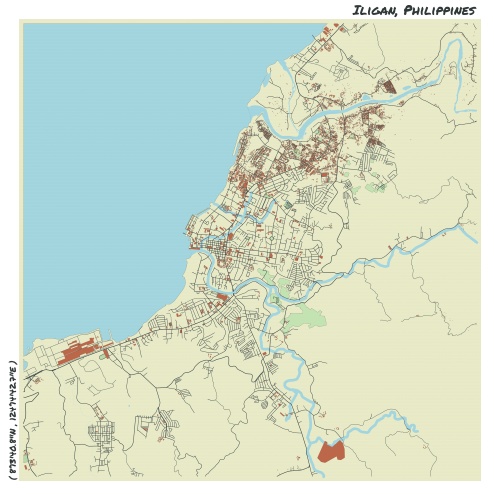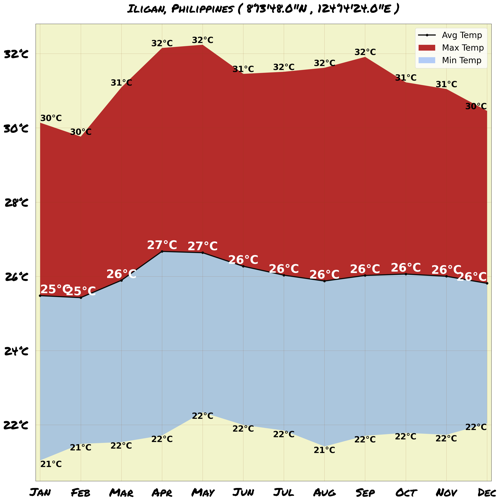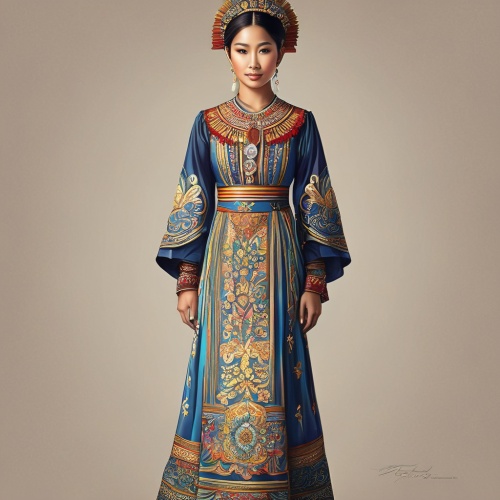Understand
Long before Legaspi's expedition reached the Philippines in 1565, the coastal plain of Iligan was already being protected by the brave Tala-andigs and Banhawons, two peace-loving tribes of Mindanao. They built a mighty fortress called ilihan or iliyan to defend themselves from pirate attacks and savage tribes. Legend has it that Iligan got its name from this mighty fortress. Another tale suggests that its name is derived from the seasonal surge and outflow of its two major rivers, known as "ilig" to the locals. This unique alluvial phenomenon blesses Iligan with fertile soil along the riverbanks during the monsoon season, making it a true haven for the locals. Claiming the title of "City of Majestic Waterfalls," Iligan is adorned with more than twenty breathtaking waterfalls and over a dozen refreshing springs, all within a mere 30-kilometer radius. Rice, considered a staple food in the Philippines, finds optimal nourishment from the rivers and tributaries of Iligan, contributing significantly to its economic prosperity. Beyond its natural wonders, Iligan is also celebrated for being the home of nationally acclaimed artists, poets, cultural workers, and writers. With a predominantly Christian population, Iligan represents a harmonious blend of Muslim, Cebuano, Tagalog, and other cultural minorities, creating a vibrant and diverse community.
Map & Climate
Popular Foods
 The first popular Filipino dish is Adobo, which consists of meat - typically chicken, pork, or seafood - cooked in vinegar, water, garlic, bay leaves, and black pepper. It is known for its tender texture and rich flavor.
The first popular Filipino dish is Adobo, which consists of meat - typically chicken, pork, or seafood - cooked in vinegar, water, garlic, bay leaves, and black pepper. It is known for its tender texture and rich flavor.  The second popular Filipino dish is Sinigang, a comforting soup that often features pork or beef, along with vegetables like taro, radish, and string beans. The broth is made from sour ingredients such as tamarind, calamansi, or guava, giving it a tangy taste.
The second popular Filipino dish is Sinigang, a comforting soup that often features pork or beef, along with vegetables like taro, radish, and string beans. The broth is made from sour ingredients such as tamarind, calamansi, or guava, giving it a tangy taste.  The third popular Filipino dish is Halo-Halo, a refreshing dessert made from shaved ice, sugar, and evaporated milk, mixed together and then layered with various sweet ingredients such as fruits, gelatin, and sweet beans. This cold treat is typically garnished with colorful ube (purple yam) jam and sago pearls.
The third popular Filipino dish is Halo-Halo, a refreshing dessert made from shaved ice, sugar, and evaporated milk, mixed together and then layered with various sweet ingredients such as fruits, gelatin, and sweet beans. This cold treat is typically garnished with colorful ube (purple yam) jam and sago pearls. 




Comments
NO COMMENTS